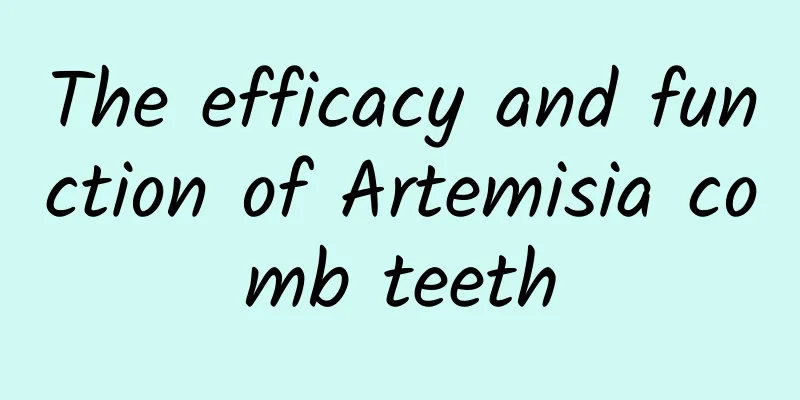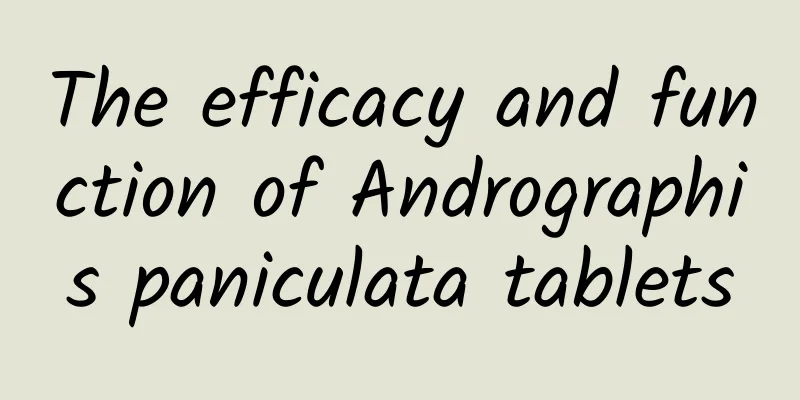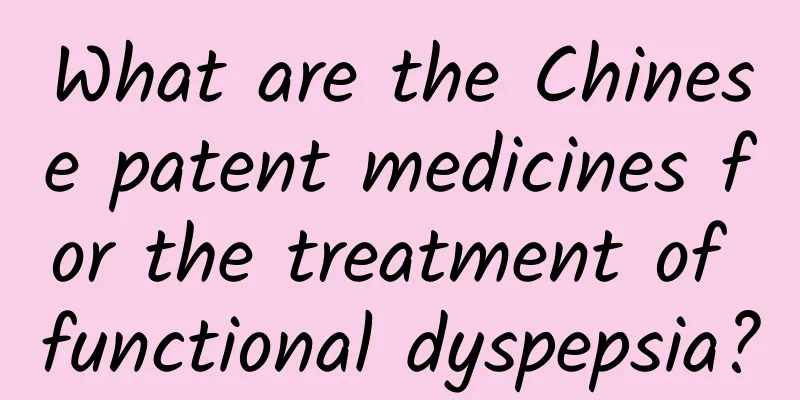The efficacy and function of Artemisia comb teeth

|
Modern medical research believes that Artemisia comboate contains many nutrients that are beneficial to the human body. As a traditional Chinese medicine, its efficacy and functions have been widely recognized. Let's take a look at its specific situation. 【English name】 Pectinate Neopallasia herb [Other names] Fetid Artemisia, Sticky Artemisia, Seed Artemisia [Source] Medicinal material source: The above-ground part of the Artemisia ciliata plant of the Asteraceae family. [Original form] Artemisia comb-leaf is an annual herb, 12-40cm tall. The stem is branched from the base, purple or grayish white, and covered with dense white silky hairs. The leaves are elliptical, comb-toothed, pine-needle-shaped, hard, hairless, and without petioles. The feathers gradually expand toward the base. The leaves at the lower and middle parts of the stem are 1.5-3cm long and 0.5-1cm wide, while the leaves at the upper part and under the inflorescence become shorter and narrower. The capitula is sessile or almost sessile, ovoid, 3-4 (-5) mm long, solitary or several clusters in leaf axils. Most capitula are produced on twigs or stems and arranged in compact spikes or narrow cones; the receptacle is conical; the outer female flowers are fertile, 3-4, narrowly tubular, and entire; the inner bisexual flowers are 9-16, 4-8 of which are fertile and borne on the lower part of the paniculate receptacle, and the rest are borne on the top of the receptacle, sterile, and all bisexual corollas have 5 teeth. The achenes are arranged in a regular circle at the bottom of the paniculate receptacle. Flowering and fruiting period is July to September. [Habitat distribution] Ecological environment: Grown in deserts, river valley gravel or hillside wasteland. [Chemical composition] The aerial part of this product contains eremophila-9(10),11(13)-dien-12-oic acid, β-stiosterol, stigmasterol, campesterol, paraffins, sesquiterpenic hydrocarbons, and sesquiterpenic diol. 【Nature and flavor】 Bitter; cold 【Functions and indications】 Clears the liver and gallbladder. Acute icteric hepatitis [Usage and Dosage] For oral use: decoct in water, 3-5g; or grind into powder. [Discussions by various scholars] "Inner Mongolia Chinese Herbal Medicine": Clears the liver and gallbladder, reduces inflammation and relieves pain, used for acute icteric hepatitis, headache and dizziness. 【Excerpt】 Chinese Materia Medica The above is an introduction to the effects and functions of Artemisia combo. If you want to eat Artemisia combo, it is best to consult a Chinese medicine doctor. I hope this helps you all. |
<<: The efficacy and function of castor
>>: The efficacy and function of big leaf bear palm
Recommend
What are the medicinal values of Anemarrhena?
Although everyone knows that Chinese herbal medic...
The efficacy and function of Northeast Sheep Horn Celery
Northeast Sheep Horn Celery is a very common Chin...
The efficacy and function of Sichuan berry
Sichuan berry is a very familiar medicinal materi...
The efficacy and function of Tiger Tail Orchid
Tiger tail orchid is a traditional Chinese medici...
The efficacy and function of Momordica root
Momordica root is a common Chinese medicine in cl...
The efficacy and function of sea shell
Speaking of sea moon shell, many people know that...
German PzH2000 self-propelled howitzer
Since the German Army received the first PzH2000 ...
What Chinese medicine is best for nourishing kidney yang deficiency?
In fact, kidney deficiency is not a big deal in l...
What should I do if Cordyceps is moldy?
It is well known that Cordyceps sinensis is a ver...
Electric stove, induction cooker, ceramic stove, which one should you choose for making tea around the stove?
Boiling tea around the stove, the warmth and the ...
How to eat Dendrobium officinale powder
We all know that Dendrobium officinale is a very ...
Is the Internet celebrity "eyewash" useful? Do you need to clean your eyes regularly? Ophthalmologists remind you →
Pour the eyewash solution in the small bottle int...
60 Years After Silent Spring, Are Birds Better Protected?
Image source: pixabay We can still heed Rachel’s ...
He made nine calculations for one value, and his life is the history of the development of China's nuclear weapons|Time Letter
Special Project of Beijing Science Center Origina...
This flower gives scientists a headache! It can also transform into 72 different forms!
"Seventy-two Transformations" is one of...









